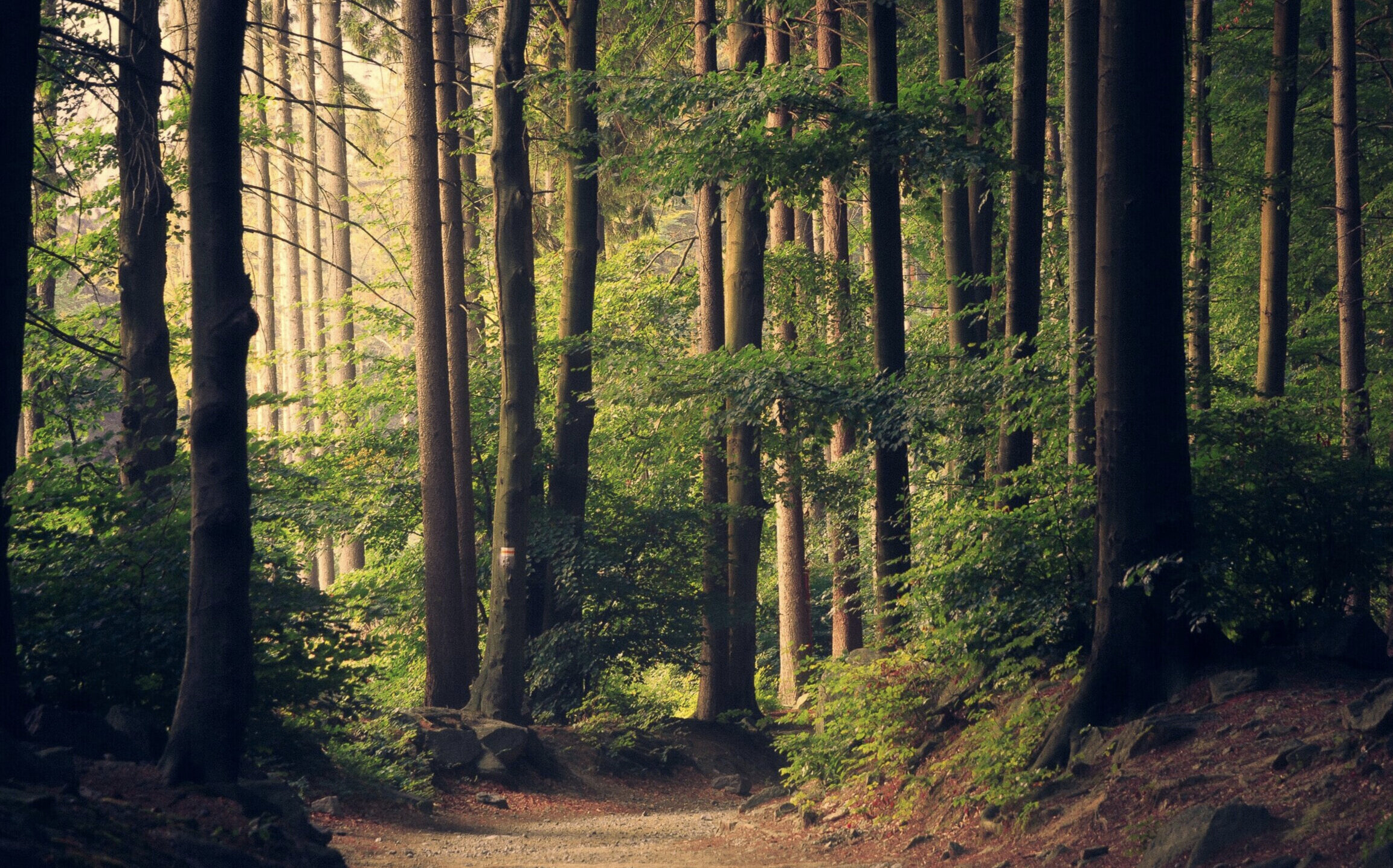The Hidden Life Of Trees
by Peter Wohlleben
Welcome to our ‘Book On A Page’ where we bring you the best of the best in a jiffy.
Why this book? Because it’s written by German forester Peter Wohlleben, who over his 20 year career has got to know trees deeply. He takes us by the hand into the amazing secret world of these plant-beings upon whom our spirit and survival depend.
The gist: Hardly silent pillars of rough bark, the author shows us that trees are social, feeling creatures, as much capable of loving deeply, as they are of out-and-out war. Like a gripping Netflix series, we learn about how they communicate, their politics, trials and triumphs, migrations and homecomings. Astounding and heartbreaking, this book is powerful reminder to restore, protect and treasure our firry friends…and to live in wonder.
If there ever was a book made to be read cover to cover, unrushed like a forest, it’s this one. But…since we are condensing…
Here are the bits that especially had us enchanted...
They talk. Trees use electrical impulses, smell and taste to communicate with each other. Get this. If a giraffe starts eating an acacia, the tree releases a gas that signals a threat is at hand. The other trees smell it and are warned of the danger. Before the giraffe reaches them, they begin producing toxic chemicals making them a less appealing snack!
They have friends and family. They lean on each other when buffeted in a storm. They nourish a sick or felled tree, keeping it fed and alive. And more. However their degree of affection dictates how helpful they will be! Mafia like, they often keep it in the family.
They are amorous. They plan date-nights at least one year ahead, and are pro’s at foreplay.
They have strict upbringings. Slow growth when a tree is young is a prerequisite for it to live to a ripe old age. Mothers do not approve of rapid growth and much to the younger trees’ frustration, cut most of the light out, so that their children grow slow and strong. Some are like Prince Charles though, getting a bit long in the tooth, waiting for their turn.
They have different characters. Some are risk takers, others pragmatic.
They have a constitution. Each tree species has it’s own set of immutable rules to maintain a stable forest. Disobey or get greedy for the light and your days are numbered.
They have motorways and broadband. Trees connect with each other via a wood wide web of soil fungi. It’s an intimate network of vegetation that allows the sharing of an enormous amount of information and goods. Eat your heart out Virgin Media.
Here are the bits that especially BROKE OUR HEARTS...
Slavery and solitary confinement. Trees enslaved in our agricultural systems and urban cities seem to have lost the ability to communicate, forever isolated in silence.
Massacre. Ancient woodlands that took thousands of years to form, are being butchered in minutes for timber and to clear land for agriculture or urban development. Worse, trees experience pain and have memories.
Desecration. Fossil fuels come from trees that died about 300 million years ago. We’re effectively burning fossil forests and their family graves.
Execution. In managed forests, forestry workers ‘thin’ the trees. A mighty mother tree might be felled, leaving the surrounding children orphaned, without support. Suddenly left wobbling on their own, they are shakily thrust out on their own too early.
Sleep deprivation. It affects trees the way it does people, and in the long term is life threatening. Climate change wrecks the pattern, waking them up by budding early or going to sleep too late, ultimately affecting their sense of time and biorhythms.
Here are the bits that held lessons for humanity (and climate change)...
Diversity. When forests lose their diversity, they weaken and after a few centuries disappear altogether. The more species that are around, the less likely that a single one will take over, because there’s always a candidate on hand to counteract the menace.
The long game. It takes on average 400 years and 1.8 million beechnuts to produce one fully grown beech tree.That’s investment.
Respect for the older generation. Elders are markedly more productive than the young whippets. If we want to use forests as a weapon against climate change, then we must allow them to grow old. Regularly thinned forests are up to 50°F degrees warmer!
Just enough. Every species wants to survive, taking from others what it needs. An organism that is too greedy and takes too much without giving anything in return destroys what it needs for life and dies out. Sound familiar?
Connectedness. An intricate, symbiotic ecosystem, held in balance = success. No tree is an island. No man is an island. Nothing is an island. We all need each other.
We…
Aimee: Wow - this just blows me away. Just goes to show, you never know what’s going on unless you take the time to find out. How amazing that they’re just like us, and it makes me think about how important it is that the tree planting efforts that are going on here and around the world are done in a way that allows these new families to thrive. Lovely.
Sonia: As ever, I am heartbroken by what humanity has done. A walk through the woods will never be the same again. I might even have to give up lettuce.
“When we go out into the woods today, we’re in for a big surprise...”



